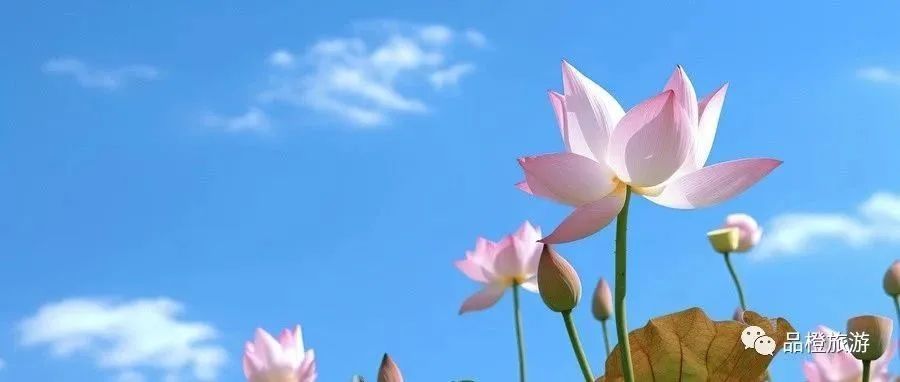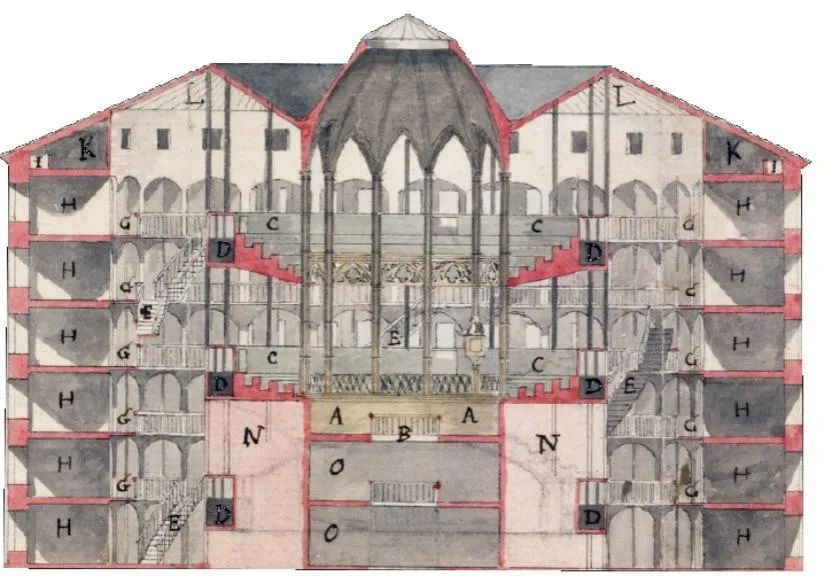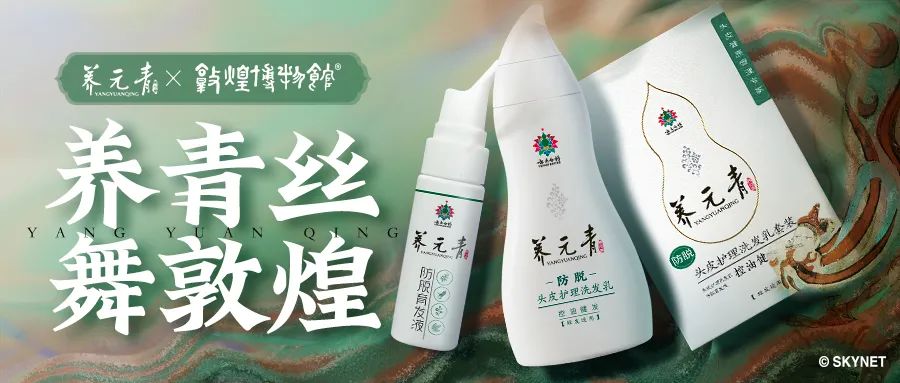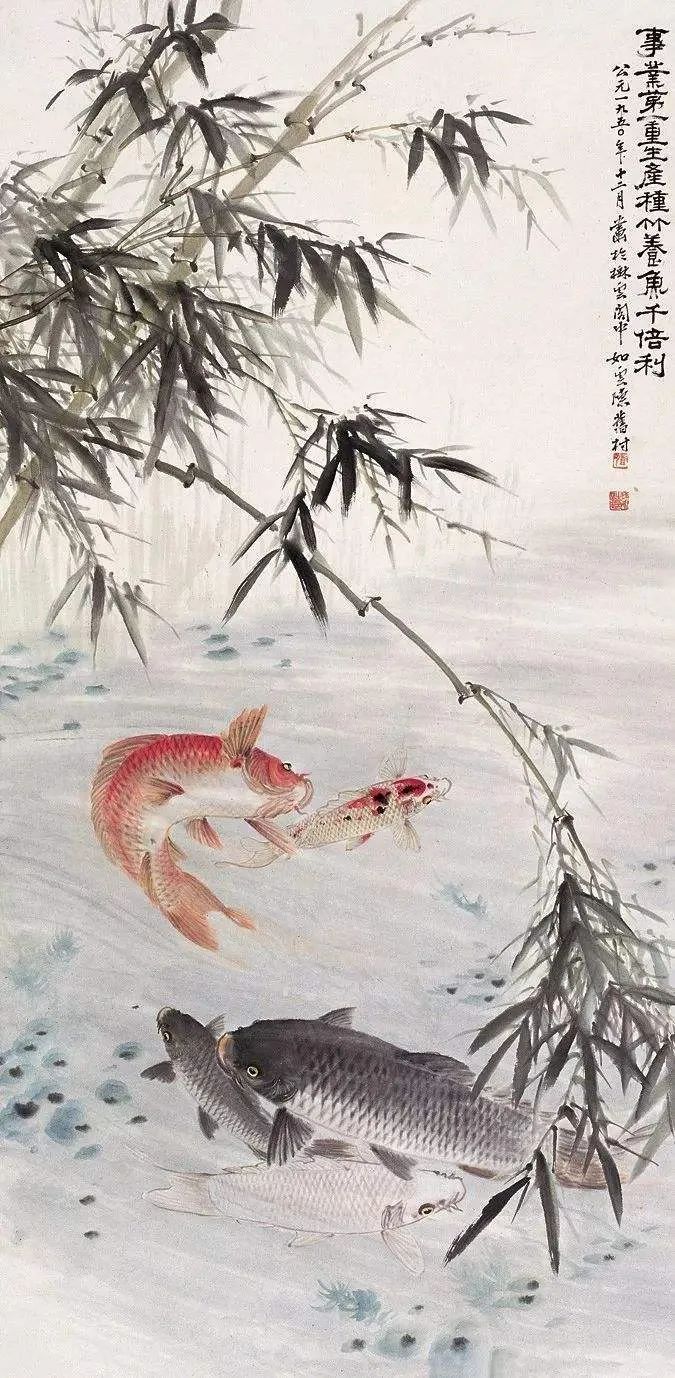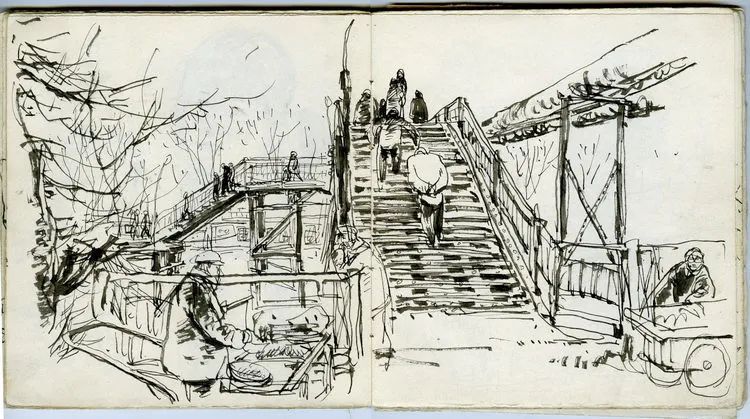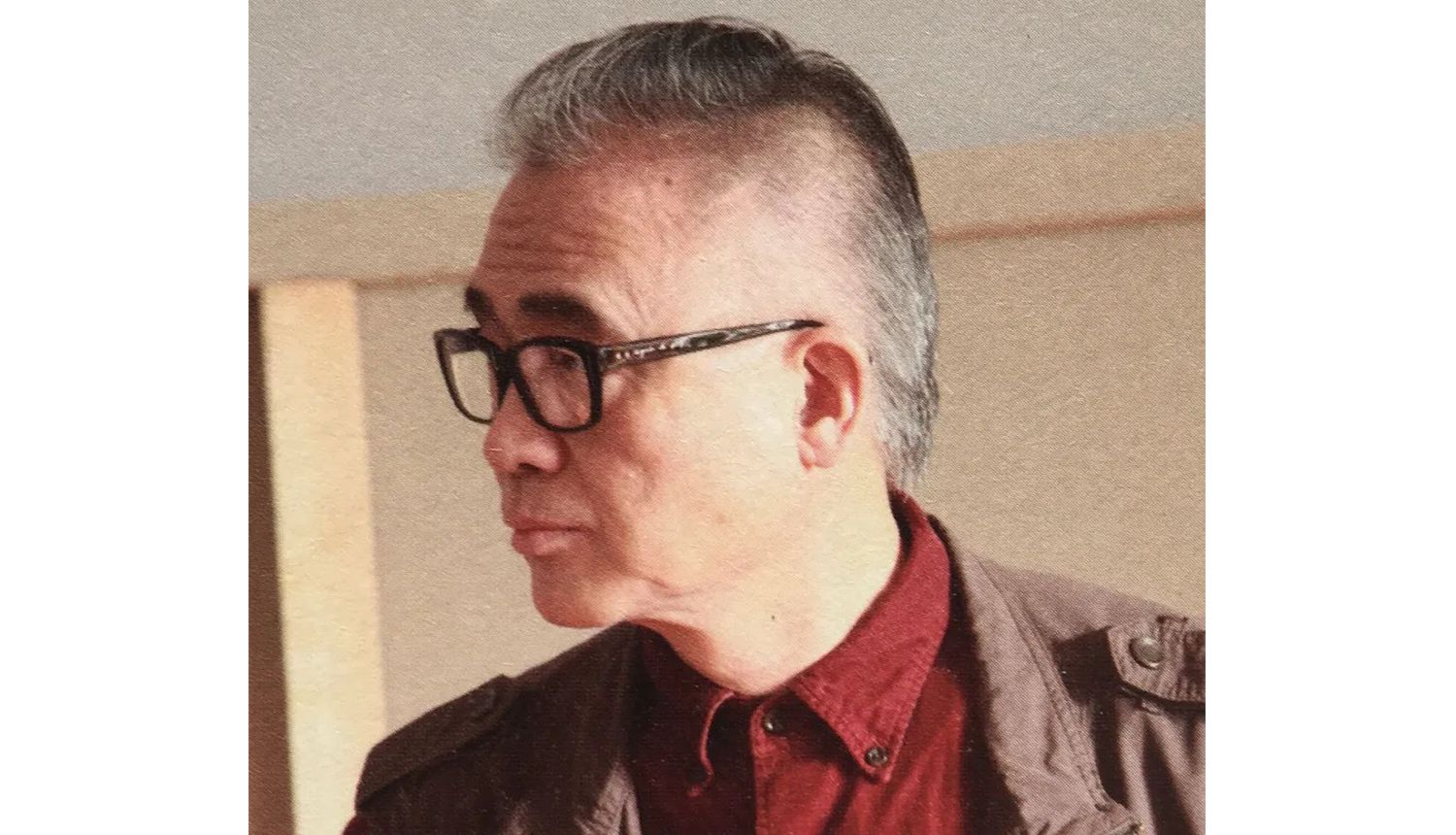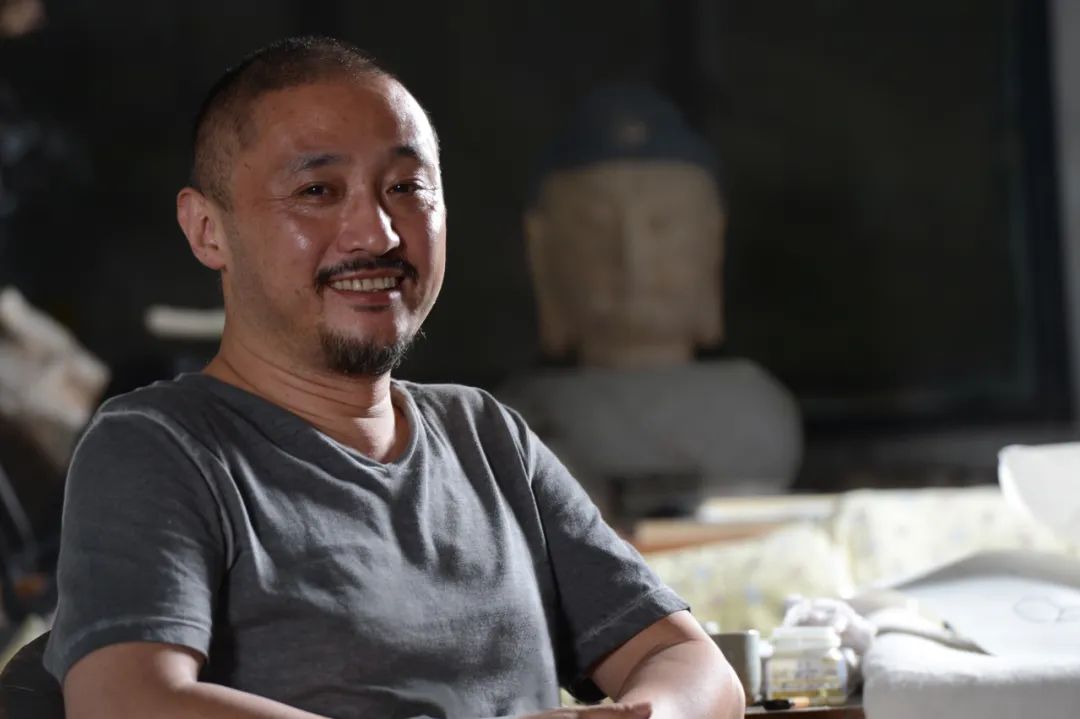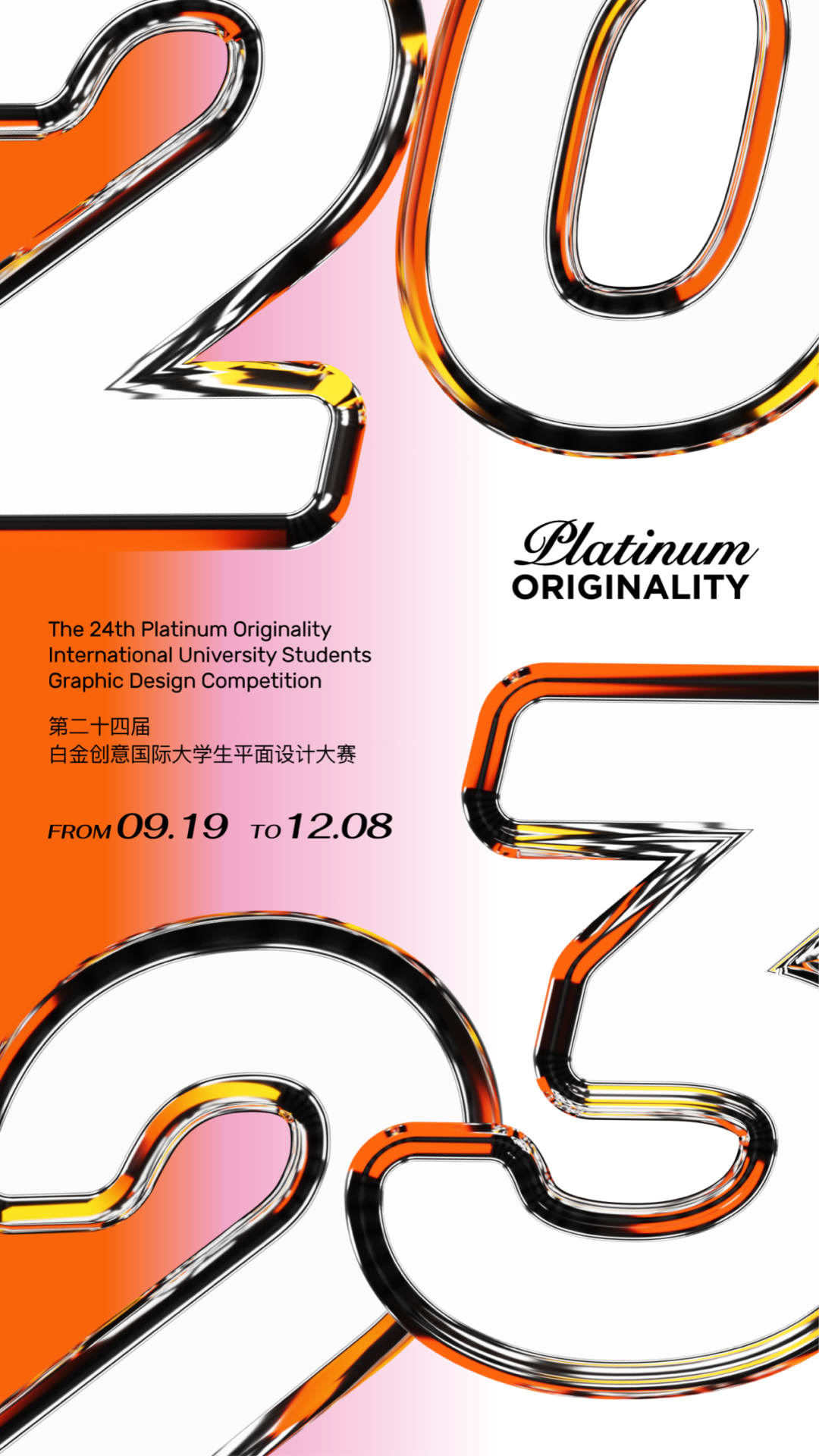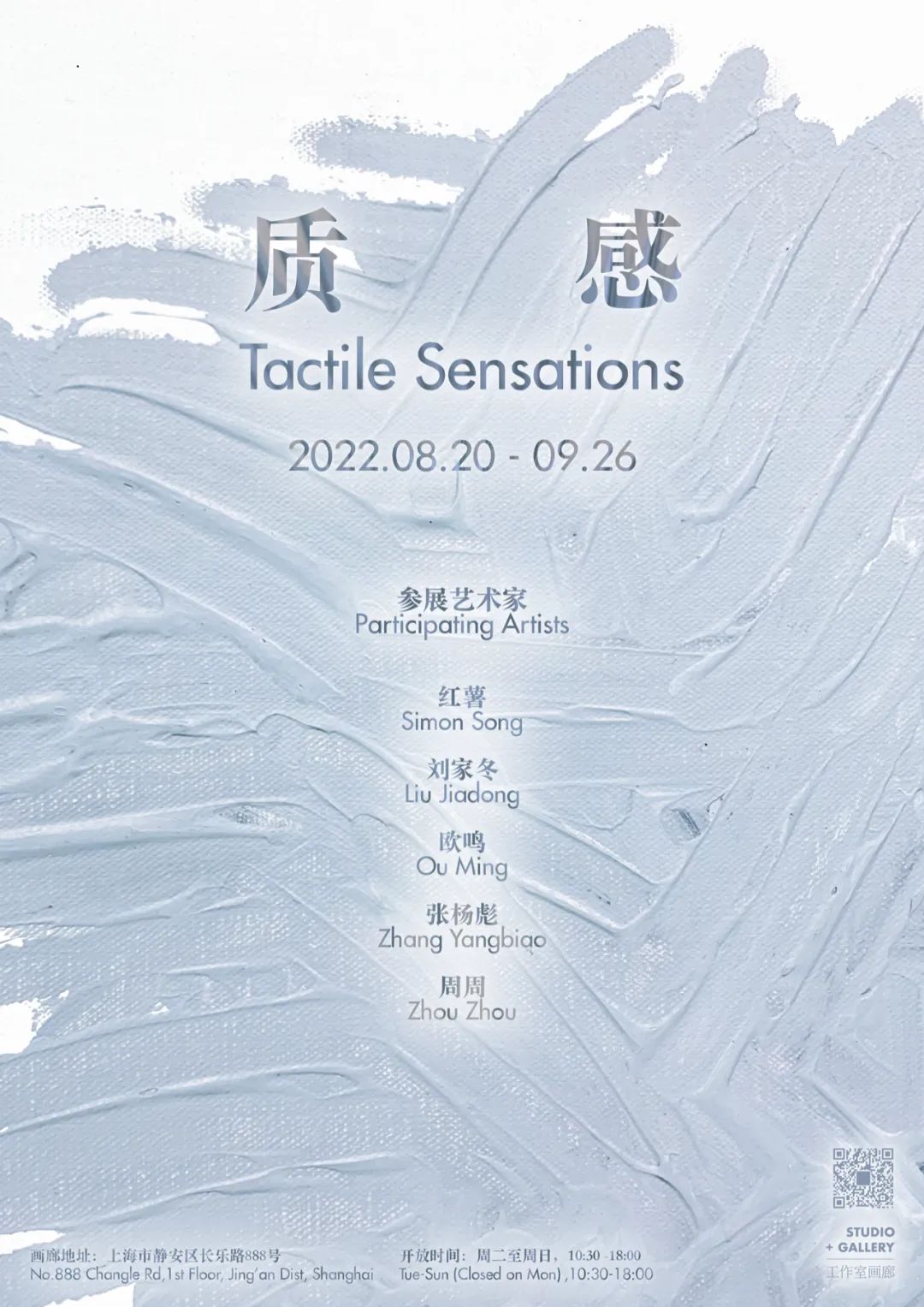
Scroll Down For English Version
The initial connection between works and human senses originates from the physical tactile left by artists when they create the works: The mark lines left with your fingertips by pigments, the particles let with spray gun carefully swept, the color pieces left on canvas by accumulation or shading pigment, the ice crack on ceramic glaze the surface, the palm prints left by hands on the surface of plaster, and the stereo feeling left by embroidery on the canvas exposure to the ups and downs.
I believe it is these subtle textures that establish the sensory channel between the work and the real world; And the different ways in which texture is produced lie behind the real and fascinating motives of each artist.
Ou Ming using the timeliness of the rapid curing of plaster and its delicate reflection of water has gradually developed independent, self-cycling sculptural structures. The ceramic tanks hold water and are constantly adsorbed by plaster, presenting subtle and slow color changes that suggest the passage of time. When water is sprayed on the plaster, the color quickly disappears, until the water evaporates and the color slowly returns. Ou Ming not only creates visual wonders but also tries to present fleeting time. Create a life-like changing, independent, cyclical structure.
Zhang Yangbiao works on canvas which is covered with plaster, using spray paint makes its still life at the same time acquire a "film photography" granular texture and distortion of a kind of hazy feeling, through to the light, material, and now feel fine to capture the images of the reconstructed objects from a simple thing as a kind of poetic imagery, such as long as one item after the pupil diffusion, The identity of the still life is weakened and the human emotion is magnified infinitely in this quiet.
For Liu Jiadong, painting is a game based on the senses. The difficulty of this game is to get rid of the constraints of people, society, institutions, traditions, and so on, enter a relatively lonely and free state to experience every time, and timely capture and respond to the thoughts that constantly appear in your mind. In the end, the movement trail left behind is a real and unforgiving record of the outcome of the game.
The photographic works of Simon Song are based on the observation of life from a microscopic perspective, and the materials are transformed, superimposed, and reorganized through manual production. The color on the paper is soaked in the dark room and filled with the thickness of the years. The surface of everyday things experiences the aging process in the image. The superposition of different textures under the appearance of soil, tree shadow, and coral leaves a fine space for the depth of vision.
Zhou Zhou stands in the "Landscape Society (Guy Debord)", asking us questions in the "alienated" state, and creating tactile pictures becomes her firm response to this. In her works, the texture of embroidery complements the tactile layer that the brush cannot reach, making the content of the picture extended, becoming tentacles to connect the viewer's senses, and bringing the viewer into the miniature landscape she creates: a stage play is being staged where fiction and reality, prosperity and crisis, order and conflict coexist.
On the occasion of the sixth anniversary of the Studio Gallery, we invited five artists who have a close relationship with us: Ou Ming, Zhang Yangbiao, Liu Jiadong, Simon Song, and Zhou Zhou to present the group exhibition “Tactile Sensations". Standing at the intersection of time, with “tactile sensations" as a clue, connecting time and space, crossing materials and media, temporarily forgetting the idea and narration, only through the intuitive feeling and emotional connection brought by the work itself, the feeling of artistic charm is conveyed from the visual to five senses.

 支付宝扫一扫
支付宝扫一扫 微信扫一扫
微信扫一扫
